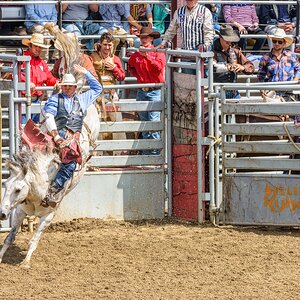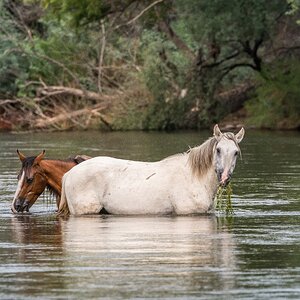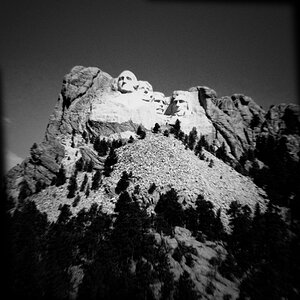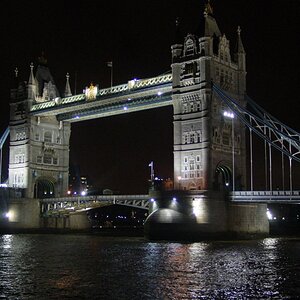SYZahran
TPF Noob!
- Joined
- Oct 26, 2009
- Messages
- 33
- Reaction score
- 0
- Location
- Jerusalem
- Can others edit my Photos
- Photos NOT OK to edit
i have read about Camera functions and i understand most of what i have read, but there is a little thing bothering me..its Noise in High ISO settings.
when you take pictures at high ISO, your photos will get grainy..why is that? what is this noise? i know how it looks but i can't understand what is it and why does it happen at high ISO?
is there any association to MegaPixels? didn't read it anywhere and i'm guessing they have no relation at all but still...it sounds logical to me..megapixels should have some impact on grain.. :s
and last...how does those Noise reduction methods work in camera's?
thank you in advance.
when you take pictures at high ISO, your photos will get grainy..why is that? what is this noise? i know how it looks but i can't understand what is it and why does it happen at high ISO?
is there any association to MegaPixels? didn't read it anywhere and i'm guessing they have no relation at all but still...it sounds logical to me..megapixels should have some impact on grain.. :s
and last...how does those Noise reduction methods work in camera's?
thank you in advance.


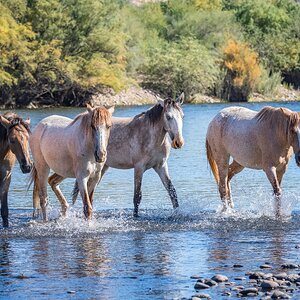
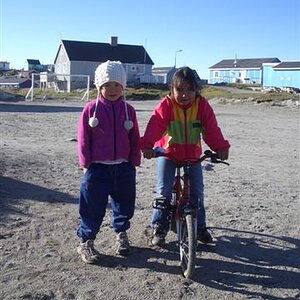
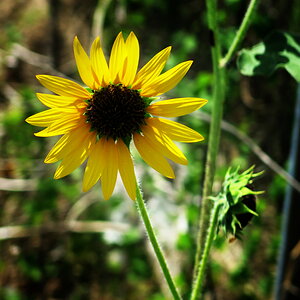
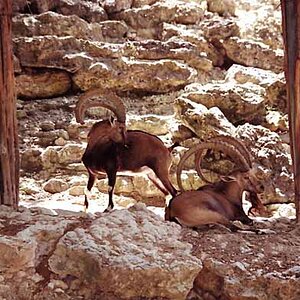
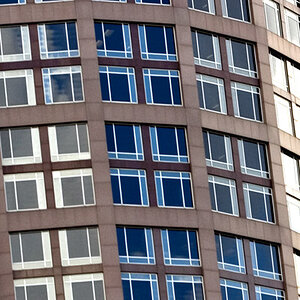
![[No title]](/data/xfmg/thumbnail/33/33029-f4556b4c89cecbad12ebe6b782a51ef5.jpg?1619735843)
![[No title]](/data/xfmg/thumbnail/42/42464-98a778e864f4e6df2a9cc673b7549322.jpg?1619740192)
![[No title]](/data/xfmg/thumbnail/38/38263-ad5e4c9e677626ddb5b1e7cdf9ebe40e.jpg?1619738548)
